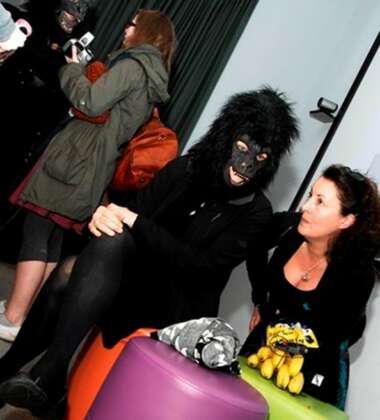‘The conflicted terrain of the Irish past is occupied by two powerful grand narratives, one loyalist and protestant, the other nationalist and catholic. These furnish different and mutually antagonistic ways of telling the story of Ireland: two competing constructions of the same history. …There is no pure form of these two stories, which exist only in the range of their tellings and re-tellings, with numerous variations and difference of emphasis and nuance, across a variety of modes and media of representation…’ Graham Dawson – Making Peace with the Past – Memory Trauma and the Irish Troubles. MUP 2007
MCAC is pleased to present internationally acclaimed photographer Paul Seawright in an exhibition of new work commissioned by MCAC and based on the conflicted accounts of histories, events and language within Northern Ireland. Seawright has revisited, for the first time in 12 years, the theme of Northern Ireland as a subject for his work to produce a poignant and stunning exhibition.
Known best for his alternative visual analysis of locations and subjects dominated by mainstream media, Seawright examines in a series of new photographic works, the disparate and often conflicting narratives of Northern Irish history. Working in school classrooms and housing estates representing both traditions, he has recovered visual fragments and texts, which function as metaphors for the layering of narrative, the writing and re-writing of history, and the conflicting rhetoric of two traditions.
Like much of Seawright’s early work from Northern Ireland ‘Conflicting Account’ adopts a quasi-forensic method of image making. Justin Carville has pointed out that photographs of everyday objects in the context of the north, rescue histories and narratives that have become swamped and obscured by ‘traditional and totalising images of nationalist and unionist identity.’ In much of Seawright’s work the wider narratives of political situations are visually obscured, resonating instead through fragments and objects retrieved by the camera. In these new works everyday items, blackboards, houses, walls, bridges and shops continue to form a vocabulary of separateness and contradiction.



